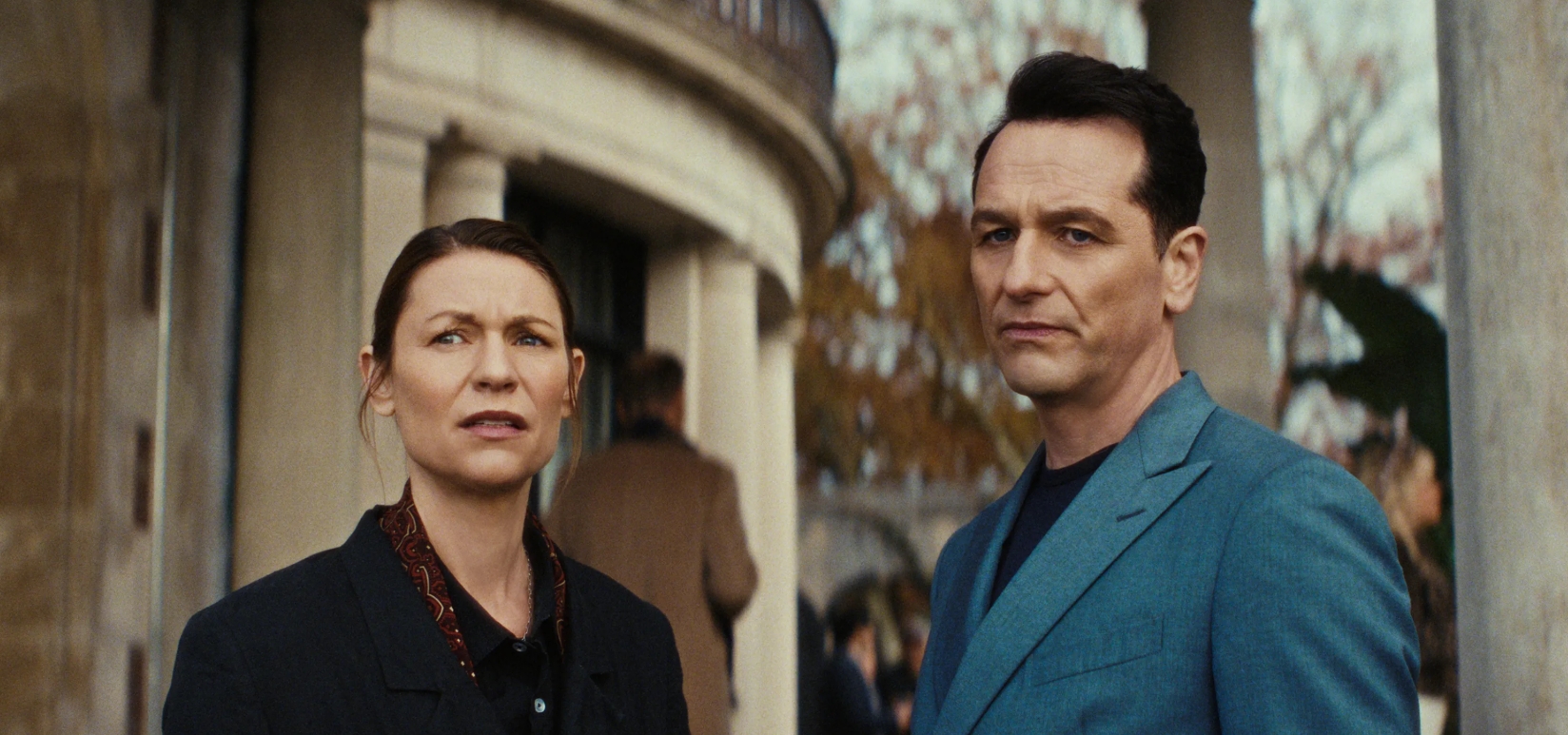Hollywood’s fascination with pugilistic cinema shows no signs of abating, despite a noticeable decline in audience engagement. The recent Sydney Sweeney vehicle, a boxing drama intended to blend athletic intensity with poignant narrative, failed to achieve commercial success. However, beyond the specific failure of this particular movie, its lackluster performance prompts a broader inquiry: what compels the film industry to repeatedly revisit the boxing genre?
The sports biopic has long been a cinematic staple, and boxing, in particular, has held a special place in film history. From Rocky to Raging Bull, the genre has delivered iconic performances, stirring narratives, and moments of triumph that transcend the sport itself. Yet, in recent years, the once-unshakable formula seems to be losing its punch. Audiences no longer flock to theaters for stories of redemption told through bruised knuckles and broken dreams. Instead, many seem weary of familiar arcs that echo the same rise-fall-redemption structure repeated for decades.
The lasting fascination with boxing narratives
To understand why filmmakers keep returning to boxing, one must recognize its cinematic symbolism. The sport provides a visual and emotional language that easily translates to the screen — struggle, endurance, and the fight for self-worth are inherently dramatic themes. Each punch thrown is a metaphor for human persistence, and each round fought mirrors the relentless challenges of life itself.
Furthermore, the sport of boxing has consistently provided a platform for examining themes of selfhood, social standing, and male identity. In cinematic classics, the central figure frequently embodied the role of an underdog — a blue-collar pugilist striving for honor and recognition. Such narratives deeply connected with audiences during periods when struggles and aspirations were widely relatable. However, with changing societal norms and a redefinition of what constitutes “heroism,” the established conventions of this genre face the challenge of becoming obsolete.
Today’s audiences possess a heightened understanding of the intricate dynamics of gender, authority, and exploitation prevalent in sports. The concept of a solitary combatant striving for triumph appears progressively detached from contemporary discussions surrounding collaboration, susceptibility, and societal equity. This generational divide could elucidate why recent biographical films about boxing, despite featuring prominent actors, encounter difficulties in captivating audiences.
When the formula ceases to be effective
Sydney Sweeney’s boxing drama attempted to reimagine the familiar story through a female lens, offering a blend of empowerment and physical endurance. Yet despite its intention to modernize the genre, audiences didn’t respond. The film faced criticism for its lack of originality and uneven tone — two common pitfalls for sports biopics that fail to balance authenticity with fresh storytelling.
Part of the issue lies in repetition. Modern audiences, bombarded with content across streaming platforms, expect innovation and depth. They crave narratives that surprise, challenge, or emotionally disarm them. When yet another boxing movie arrives promising triumph over adversity, the reaction is often fatigue rather than fascination.
Additionally, the sporting landscape has undergone a transformation. Mixed martial arts, a form of combat sport, has surpassed boxing in terms of widespread appeal, and spectators can now instantly access the personal narratives of fighters via social media platforms. The previously rare insight into an athlete’s emotional life, once a unique offering of film, is now easily accessible online—raw and spontaneous.
For cinematic creators, this implies that merely depicting a pugilist’s existence is now insufficient. The narrative needs to extend beyond the squared circle, delving into the deeper meaning behind the blows instead of focusing on the individual delivering them. Lacking such a progression, boxing-themed movies run the risk of becoming outdated artifacts from a period that glorified physical combat as the quintessential symbol of achievement.
Seeking the next stage in the boxing biopic’s development
Despite recent difficulties, cinematic portrayals of boxing retain their promise, provided filmmakers are prepared to innovate their methodology. The genre could experience a resurgence by redirecting its attention from the athletic contest itself to the broader social, psychological, and emotional landscapes that encompass it. Movies exploring the mental well-being of competitors, the financial strains of professional sports, or the ambiguous boundary between upliftment and exploitation have the potential to invigorate this established storytelling domain.
Female-centric narratives, such as Sweeney’s, possess the potential to instigate transformation — yet only if they transcend the compulsion to replicate male interpretations of the boxing legend. Rather than depicting women as combatants validating their abilities within a historically male paradigm, upcoming cinematic works could delve into how female competitors redefine power, fortitude, and selfhood according to their unique perspectives.
Another promising path lies in diversifying the setting and scope of these stories. Boxing is no longer confined to smoky gyms or championship arenas; it exists in communities worldwide, from local youth programs to refugee camps where the sport becomes a tool for empowerment. Exploring these underrepresented contexts could reinvigorate the genre with authenticity and global relevance.
The future of fight films in a post-boxing era
Hollywood has a long history of clinging to familiar formulas. The boxing biopic, with its built-in tension and emotional payoff, has always been a safe bet — until now. As audiences demand more complex and inclusive stories, filmmakers must decide whether to evolve or risk being left behind.
The real task isn’t to discard sports as a narrative tool, but rather to redefine the essence of what a struggle represents. The next groundbreaking boxing movie might not center on title fights or decisive blows; instead, it could explore themes of psychological resilience, self-discovery, or navigating a system as unforgiving as the sport itself.
In that sense, the genre’s future may depend on filmmakers’ willingness to step outside the ring — to find new ways of depicting struggle and triumph that reflect contemporary realities. Until then, boxing movies may continue to swing hard but fail to connect, shadowboxing with the past rather than sparring with the future.
Perhaps the question isn’t why we keep making boxing biopics — but whether we’re brave enough to reinvent them.




